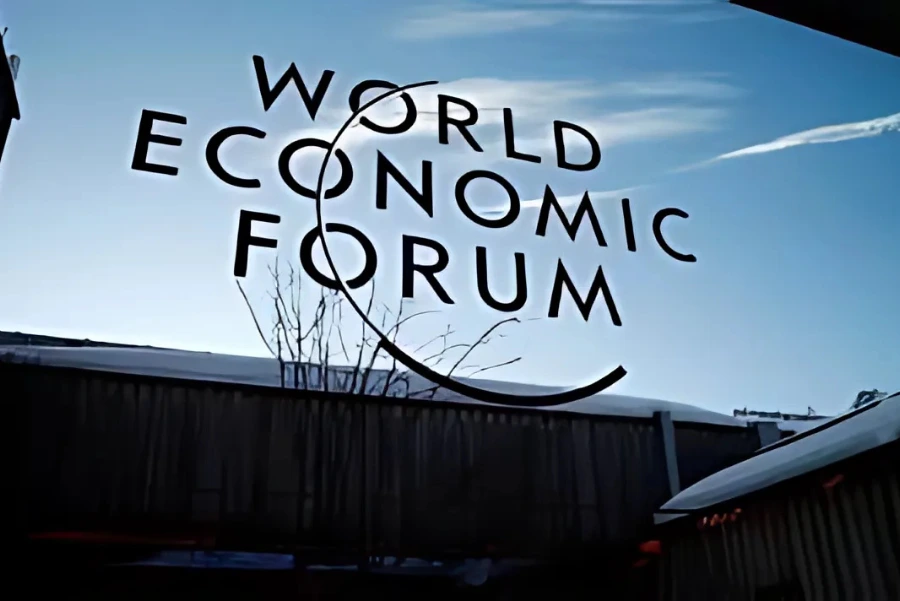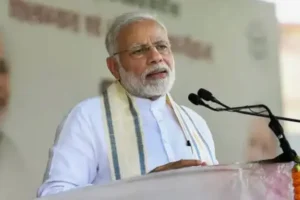
The latest news update reveals that the World Economic Forum’s (WEF) Chief Economists Outlook highlights a mixed global economic scenario for 2025. The report highlights key challenges, regional disparities, and emerging trends in global trade. According to the survey, 56% of chief economists expect weaker economic conditions in the coming year. In contrast, only 17% foresee an improvement. Heightened uncertainties across major regions call for well-calibrated policy measures to navigate these challenges.
India Holds a Bright Spot Amid Global Economic Challenges
Despite global headwinds, India is poised to remain a beacon of growth. The country is projected to maintain its position as the fastest-growing major economy, with growth forecasted at 6.6% in 2025. Strong domestic demand, a burgeoning digital economy, and policy reforms have contributed significantly to this resilience.
According to the latest national accounts data, India recorded a GDP growth rate of 5.4% year-on-year in the third quarter of the fiscal year. Although there are signs of slowing momentum, South Asia as a whole, led by India, continues to stand out. Sixty-one percent of chief economists predict strong or very strong growth in this region.
Government projections further bolster optimism, forecasting nominal growth of 10.3% to 10.5% for the upcoming fiscal year. Initiatives in infrastructure development, manufacturing, and technology adoption are expected to drive this growth.
Challenges Looming for Other Economies
While India’s outlook remains robust, other regions face significant challenges. Europe’s growth prospects are particularly bleak, with 74% of chief economists expecting weak or very weak growth in 2025. Structural issues, energy crises, and inflationary pressures contribute to this pessimism.
China, another key player in the global economy, is also expected to experience a slowdown. Gradual deceleration in growth reflects structural challenges and subdued demand. These trends suggest a shift in economic momentum, with South Asia emerging as a crucial growth engine.
Trade Tensions and Protectionism on the Rise
The global trade landscape is undergoing significant changes. The report underscores intensifying trade tensions, driven by geopolitical rivalries, sanctions, and national security concerns. Protectionism has emerged as a dominant theme, reshaping global trade patterns.
A staggering 82% of respondents predict greater regionalization of trade over the next three years. This shift, coupled with a gradual transition from goods to services, is expected to redefine the global economic order. For policymakers and businesses, adapting to these evolving dynamics will be crucial.
Conclusion
In a year marked by uncertainties and regional disparities, India’s robust growth trajectory offers a glimmer of hope. However, the latest business news highlights that challenges posed by global trade tensions and protectionist policies remain significant and cannot be overlooked. To sustain growth, nations must focus on strategic policymaking, regional cooperation, and fostering innovation.








